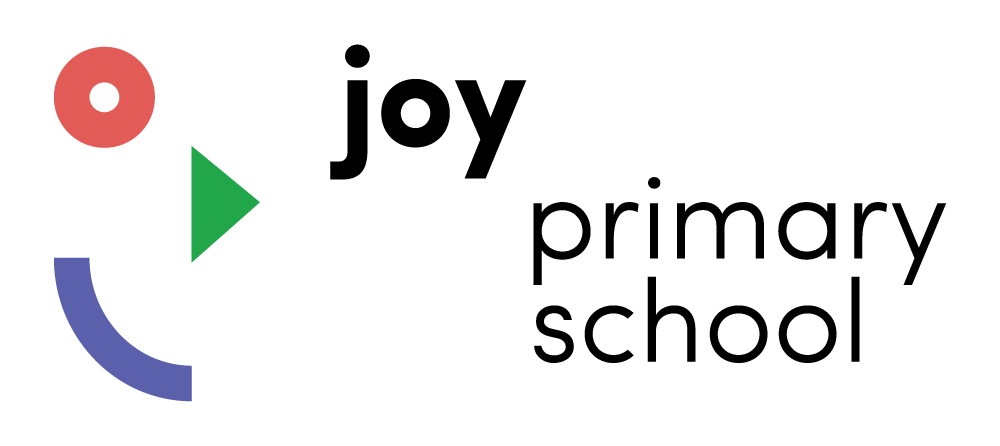Visible learning - Visible learning, or that which has the greatest impact on a student’s achievement
In the process of teaching and learning, relations and ties between students and teachers are hugely important. Good relations make the children attend school willingly and good, solid learning will "come on its own." No textbook or class tests will make a student grasp the basics of the programme by magic; it is people that count.
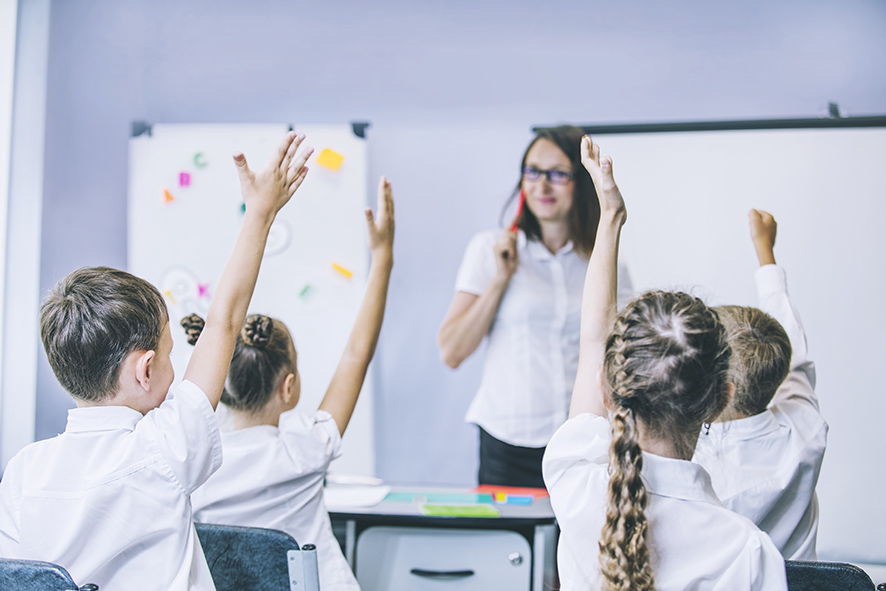
According to the international TIMSS (Trends in International Mathematics and Science Study) of 2015, Polish children do not like school all that much and have little belief in their own abilities. The results also show that Polish education does not teach problem-based thinking. Schools should therefore redirect their attention away from the standardised testing mindset to the learning process itself and to relationships.
“Visible learning is of great help!”
This has been put forward by Professor John Hattie based on scientific research and is an innovative concept that assumes that the teacher looks at the learning process through the eyes of the student and also helps him/her take the initiative; however, this does not mean that the teacher is no longer responsible for the students’ progress.
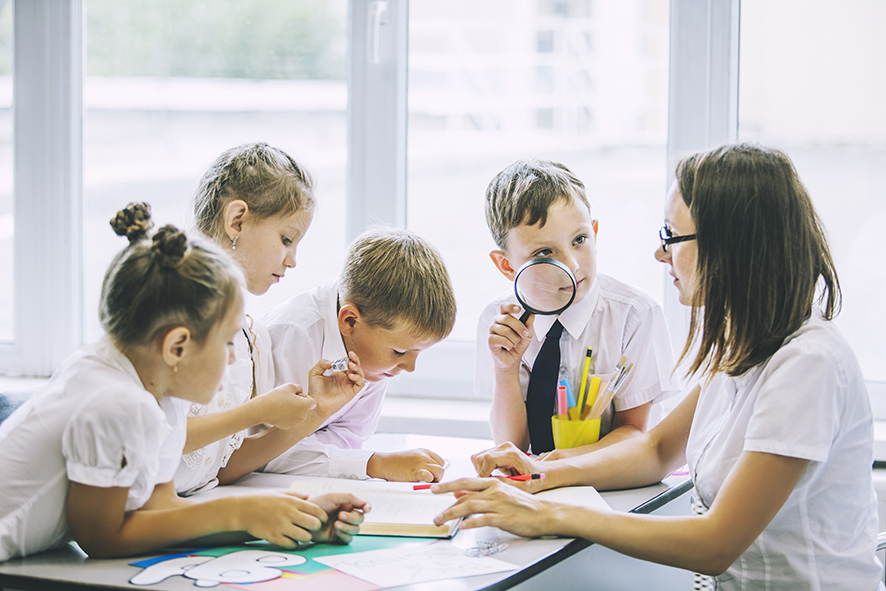
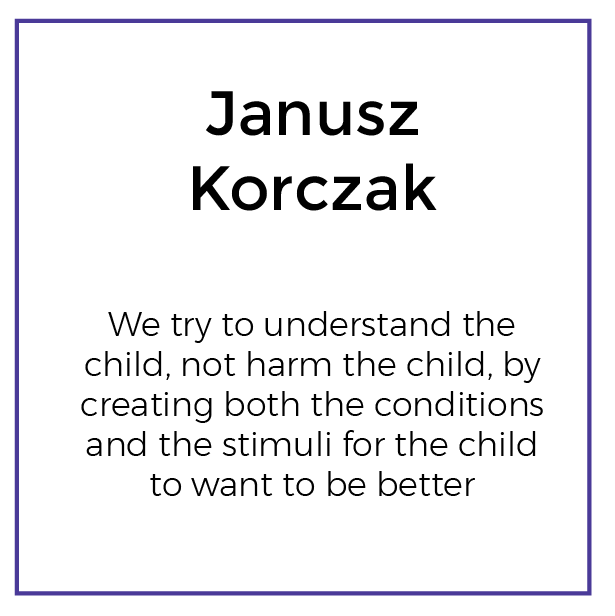
Our version of visible learning
At the Joy Primary School, we focus on the highest standards in education and are always on the look-out for innovative, yet proven strategies, new methods and pedagogical concepts; that is why we set such store by the precepts of Professor Hattie.
- We constantly monitor and reflect on our teaching methods and their impact on student achievements.
- We focus on the learning process from the student's perspective.
- We teach through dialogue.
- We like challenges.
- We establish positive relations with students and the team.
- We teach meta-cognitive strategies, that is, we teach how to learn, which, in turn, increases self-reliance.

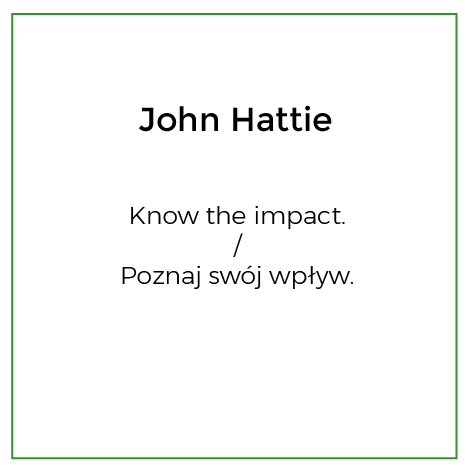
What is formative assessment..?
It is of enormous help to the student if his or her learning can be helped along by assessing what he or she knows and should do next. This is the ‘visible learning’ element. Feedback is also important as it strengthens the student's forte and also indicates what areas need working on. Mistakes and errors are welcome because they testify to the student's initiative and progress. The teacher sets the requirements and the student knows what the educator will single out for special attention. The goal is clear and the child knows just what to do to achieve it. Parental support and involvement positively affect the student's achievements.
To sum up, then; ‘visible learning’ is that collection of reflections and guidelines for schools and teachers which is particularly close to the hearts of the Joy Primary School. We believe that the student influences the learning process. We promote teamwork to strengthen interests and problem-solving skills. Of great importance is the realisation that, team work at the Joy Primary School is not linked to competitiveness. Homework is not the most important thing, playing only a minor rôle on the acquisition of knowledge. Control and coercion are counterproductive. They are not conducive to good relations and are in no way pro-development for the student.

